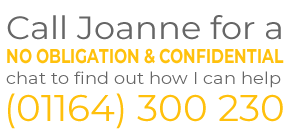After nearly 12 years of running Sunrise Care Advisers, I’ve decided it’s time to close the business and slow things down a little.
I want to say a heartfelt thank you to everyone who has trusted Sunrise Care Advisers over the years. Supporting individuals and families has been a real privilege, and I’m so grateful for the relationships and connections built along the way.
From 26th January 2026, Sunrise Care Advisers will no longer accept any new clients. All existing clients will continue to be supported, as always.
This hasn’t been an easy decision, but it feels like the right time for me to step back, explore other interests, and enjoy what comes next.
With Kind Regards

